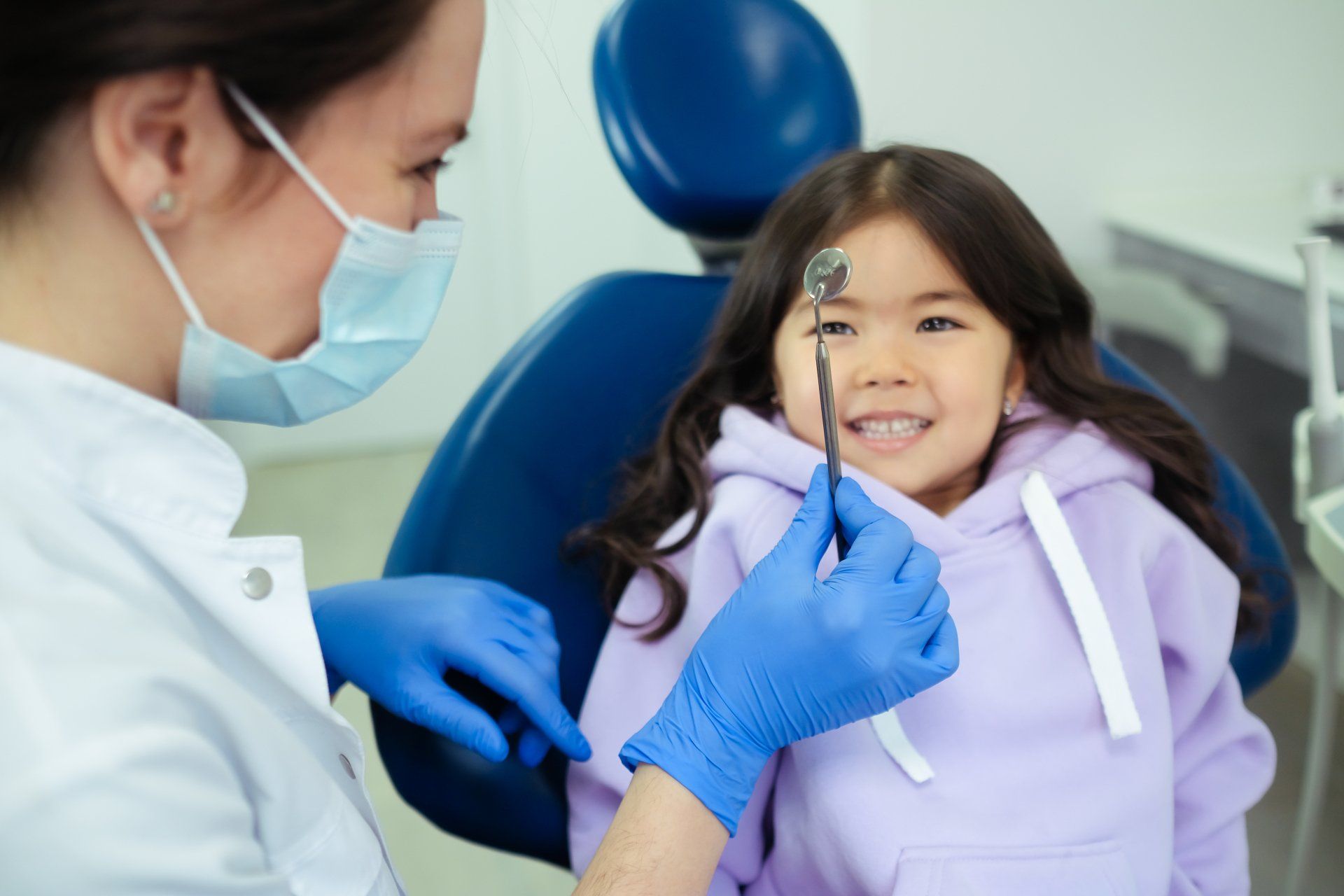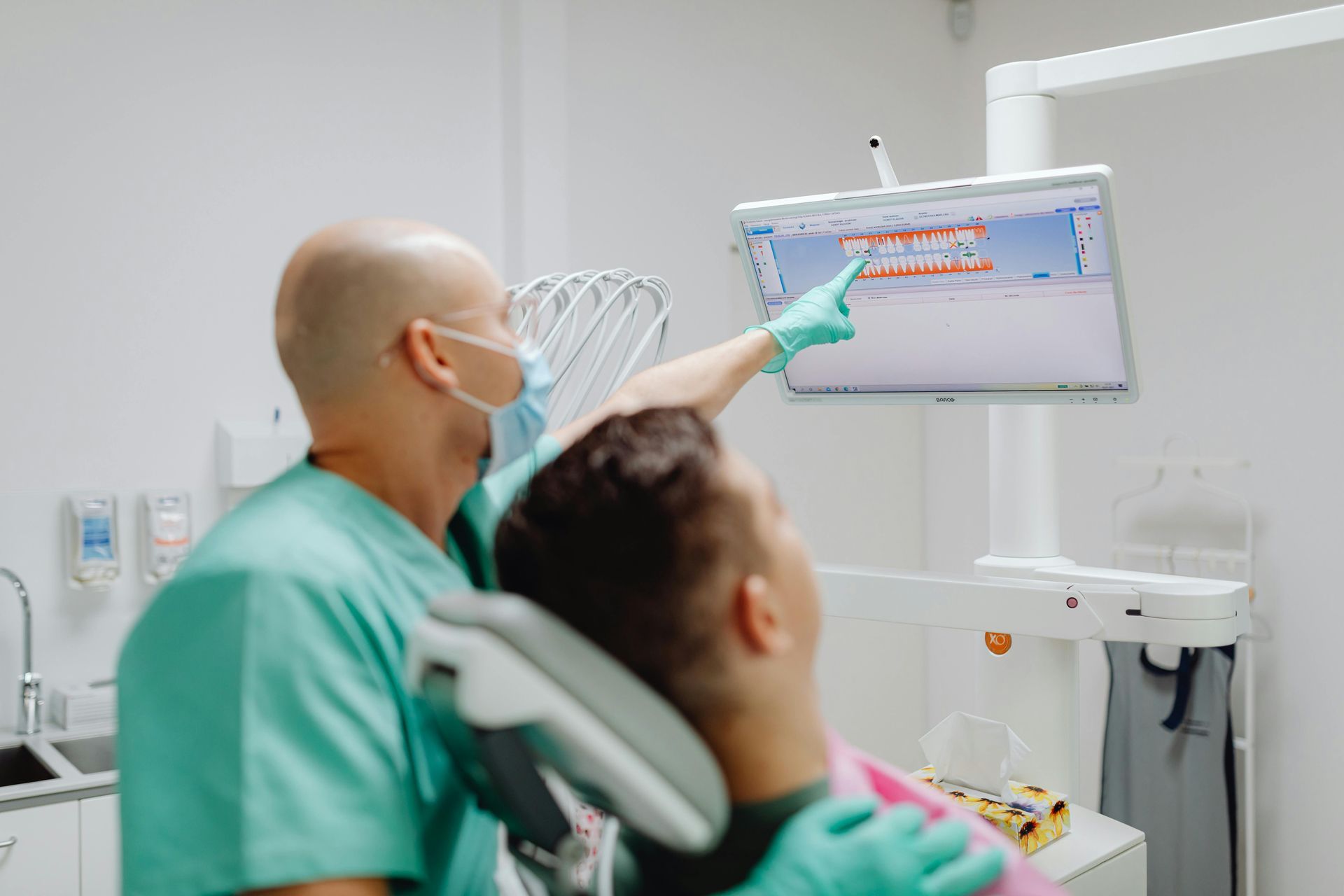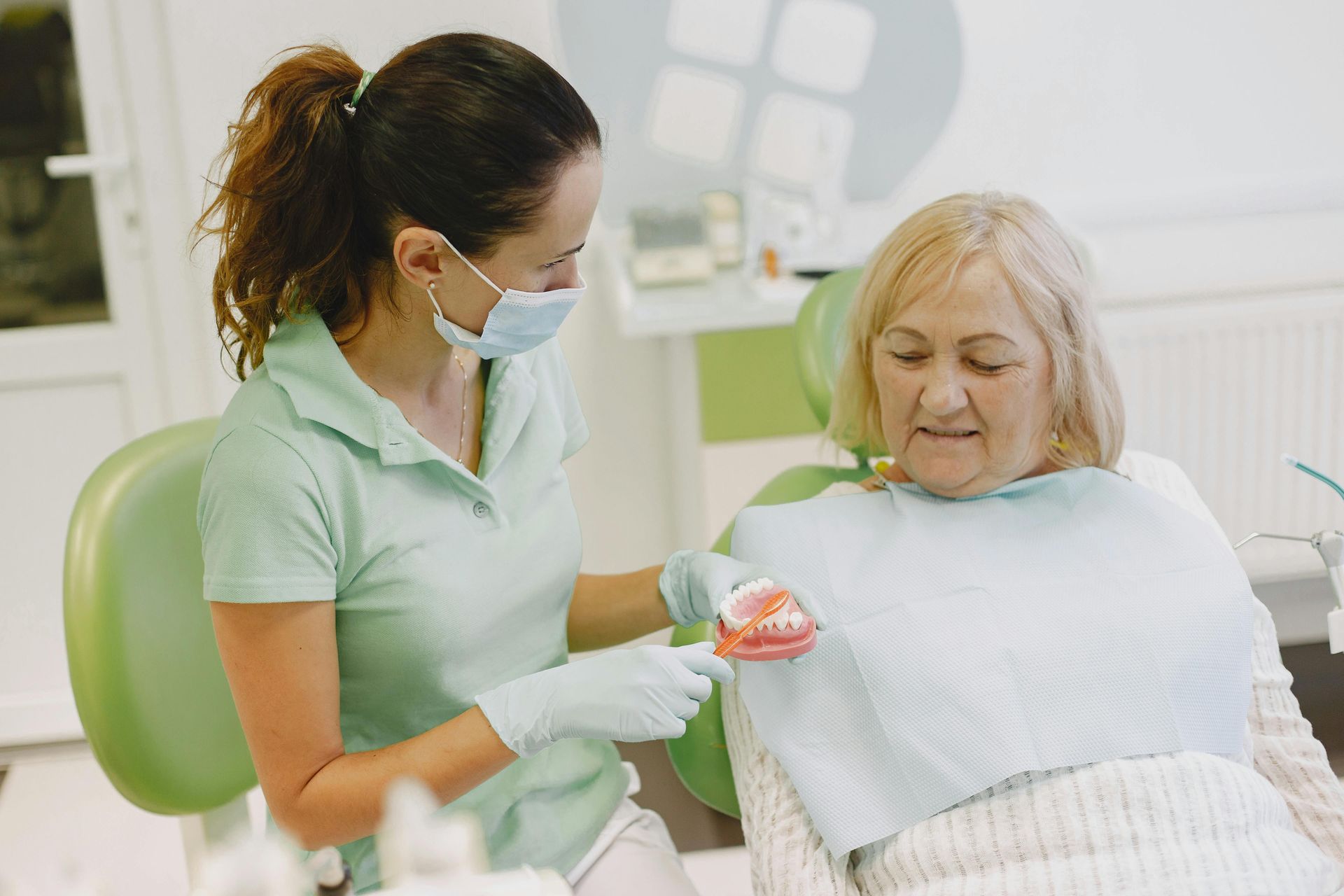Modern Orthodontics: Revolutionizing Smiles for All Ages
From Metal Braces to Modern Solutions
Modern orthodontics offers a range of options beyond traditional metal braces, catering to diverse dental needs and preferences.
Historically, metal braces were the go-to solution for straight teeth, but today, patients can choose from a variety of orthodontic solutions.
Traditional metal braces remain effective for severe dental issues, yet advancements have introduced more aesthetic and comfortable alternatives. Clear aligners, like Invisalign, provide discreet and flexible treatment, often preferred for cosmetic dentistry. Ceramic braces offer a tooth-colored option, blending seamlessly with natural teeth. Lingual braces, positioned behind the teeth, provide another invisible solution.
Orthodontic treatment isn't just about aesthetics. It addresses bite problems, crowded teeth, and jaw pain, contributing to overall dental health. Personalized treatment plans ensure precise alignment, correcting issues like TMJ disorders and preventing gum disease and tooth decay.
Modern techniques, such as 3D scans and self-ligating braces, reduce treatment time and improve comfort. Moreover, orthodontic care aids in gum recession prevention and promotes optimal oral hygiene, crucial for averting periodontal disease.By considering individual jaw development and facial symmetry, orthodontists ensure comprehensive care, going beyond just straightening teeth.
The Role of Technology in Orthodontics
Modern orthodontics has evolved significantly, largely due to technological advancements. These innovations have not only improved the effectiveness of orthodontic treatment but also enhanced patient comfort and experience.
3D Scans: The use of 3D scans has revolutionized the way orthodontists plan and execute treatments. These detailed scans allow for precise mapping of the teeth, jaw, and bite, leading to highly personalized treatment plans.
Clear Aligners and Braces: Technology has introduced alternatives to traditional braces, like clear aligners and ceramic braces, which offer aesthetic and practical benefits. Lingual braces, fitted behind the teeth, are another discreet option.
Self-Ligating Braces: This technology uses clips instead of elastic bands, reducing friction and often speeding up treatment time.
Digital Impressions: Gone are the days of uncomfortable molds. Digital impressions provide accurate models of your mouth in minutes and improve both accuracy and patient comfort.
Incorporating these technologies not only strives for straight teeth but also addresses dental health issues such as jaw pain, tooth decay, and bite problems, ensuring comprehensive orthodontic care. As technology continues to advance, the potential for even more efficient and effective orthodontic solutions is vast.
Types of Modern Orthodontic Treatments
Modern orthodontic treatments have diversified far beyond conventional approaches. Today, patients have multiple options tailored to their specific needs and preferences. These treatments not only focus on achieving straight teeth but also prioritize overall dental health, comfort, and aesthetic appeal. Advancements in technology have introduced a variety of orthodontic solutions, each with unique benefits to address issues like crowded teeth, bite problems, and jaw development. From metal braces to clear aligners, these treatment options offer flexibility in achieving optimal dental outcomes. Understanding the variety of available orthodontic treatments is essential for making informed decisions about dental care.
Traditional Metal Braces
Traditional metal braces remain a reliable and effective orthodontic treatment. These braces consist of metal brackets that adhere to each tooth, connected by a thin wire. An orthodontist periodically adjusts the tension in the wire to gradually align the teeth. Despite their longstanding presence in dentistry, metal braces have evolved with advancements in design and materials to improve comfort and efficacy. Metal braces are particularly effective for complex dental issues, including severe crowding and significant bite corrections. Their strength and durability make them suitable for patients of all ages seeking comprehensive orthodontic care.
Ceramic Braces
Ceramic braces are a more discreet alternative to metal braces, offering a blend of functionality and aesthetics. They use tooth-colored ceramic brackets that blend seamlessly with natural teeth, making them less noticeable. Like traditional braces, ceramic braces are connected by wires and elastics, but they are designed for those looking for a less conspicuous approach to orthodontic treatment. Ceramic braces are ideal for patients conscious about aesthetics while dealing with dental issues like misaligned bites or overcrowded teeth. Although slightly more fragile than their metal counterparts, ceramic braces remain an effective solution in the realm of cosmetic dentistry.
Invisalign and Clear Aligners
Invisalign and other clear aligner systems have revolutionized orthodontic treatment by offering an almost invisible solution. Made from clear, medical-grade plastic, these aligners are custom-molded to fit each patient's teeth. They work by applying gentle pressure to gradually shift teeth into the desired position. Patients typically wear a series of aligners, switching to a new set every few weeks. Invisalign is particularly popular for its convenience and comfort, allowing patients to remove aligners while eating or practicing oral hygiene. Ideal for addressing mild to moderate dental issues, clear aligners provide an effective solution while maintaining a natural appearance.
Lingual Braces
Lingual braces offer a completely hidden orthodontic solution by placing brackets on the back surfaces of the teeth. This unique positioning makes them an excellent choice for those wanting the effectiveness of traditional braces without visible hardware. Despite their aesthetic advantage, lingual braces may require some time for patients to adjust to since they interact with the tongue. These braces are highly suitable for patients with complex dental issues, including bite problems and severe misalignment, where non-visible solutions are preferred. Skilled orthodontists customize each bracket and wire to ensure optimal results and patient comfort.
Self-Ligating Braces
Self-ligating braces represent a modern evolution of traditional braces, utilizing a specialized clip or bracket to hold the wire rather than elastic bands. This design reduces friction and provides several benefits, including shorter treatment times and fewer adjustment visits. The reduced force and improved efficiency of self-ligating braces contribute to greater comfort during treatment. These braces are effective in addressing a wide range of orthodontic concerns, from simple alignment cases to more complex bite problems. Offering both metallic and clear options, self-ligating braces provide versatile orthodontic solutions tailored to each patient's specific needs.
Benefits of Modern Orthodontic Treatments
Modern orthodontics has evolved beyond simply aiming for straight teeth. It now encompasses a comprehensive approach to improving overall dental health and addressing a variety of orthodontic issues. Through advanced technologies and a broadening range of orthodontic solutions, patients can expect personalized treatment plans that cater to their specific needs. These innovations are designed to tackle problems like crowded teeth, bite problems, and jaw pain while also enhancing facial symmetry and oral hygiene. From preventing gum disease and tooth decay to helping with jaw development, modern orthodontics provides a pathway to a healthier, more confident smile.
Comfort and Discreet Options
Gone are the days when cumbersome metal braces were the only choice for orthodontic care. Today, patients can opt for more comfortable and less noticeable orthodontic treatments. Clear aligners and ceramic braces are popular choices that offer discreet yet effective solutions for those concerned about aesthetics. Lingual braces, fitted behind the teeth, provide another subtle option, allowing patients to wear braces without the visible metal brackets. Self-ligating braces also provide increased comfort by using a special clip instead of elastics, reducing pressure on the teeth. These options ensure that patients can maintain their lifestyles without the added insecurity of visible orthodontic appliances.
Accessibility and Affordability
Historically, orthodontic treatments were perceived as expensive and, in some cases, unaffordable for many. However, modern orthodontics has made significant strides in both accessibility and affordability. Payment plans and insurance coverage have become more accommodating, allowing a broader demographic to take advantage of orthodontic care. Technological advancements have also streamlined the process, reducing the overall costs related to treatment. Additionally, with more clinics offering specialized services and consultations, it's easier than ever for patients to find affordable orthodontic options that suit their needs and budgets.
Faster Treatment Times
Advancements in orthodontic technology have led to shorter treatment times, making oral health improvements more achievable within a reasonable timeframe. Traditional braces often required years to complete the treatment plan. However, modern approaches, such as self-ligating braces and clear aligners, optimize the treatment process for faster results. Orthodontic solutions like 3D scans enable providers to map out more precise and efficient treatment plans from the start. This not only enhances the effectiveness of the treatment but also ensures that patients can enjoy the benefits of their new smile sooner, improving both their dental health and self-confidence in the process.
Orthodontic Care Across Different Life Stages
Orthodontic care is vital at various stages of life, addressing unique dental and jaw needs that evolve over time. Whether it's childhood, adolescence, or adulthood, orthodontic treatment transforms more than just aesthetic aspects, significantly affecting oral health and comfort. Modern orthodontics offers a range of solutions beyond traditional braces to cater to diverse needs and preferences, ensuring optimal dental health and improved self-esteem at any age. Embracing the advancements in orthodontic technology, each stage of life has tailored approaches for effective bite correction, jaw alignment, and straight teeth. Understanding these tailored approaches ensures informed decisions about the best orthodontic options available for long-term dental health.
Early Intervention for Children
Early intervention in orthodontics can significantly influence a child's dental development, correcting issues before they become severe. This proactive approach helps manage problems such as crowded teeth, bite problems, and jaw development, often reducing the need for more extensive treatments later in life. Orthodontists typically recommend evaluations by age seven to identify potential dental issues. Utilizing technologies like 3D scans, professionals can craft a personalized treatment plan that addresses each child's unique needs, preventing periodontal disease and future complications. Early orthodontic solutions may involve guiding tooth growth or modifying facial symmetry, thus setting the groundwork for healthier dental outcomes.
Adolescent Treatments
Adolescence is a crucial time for orthodontic care, as it's when most comprehensive treatments occur. Teenagers benefit greatly from options designed to fit their active lifestyles and self-conscious concerns about appearance. Traditional braces, including metal braces, ceramic braces, and lingual braces, are all viable options for treating crowded teeth, bite problems, and jaw pain. Thanks to advancements in orthodontic technology, clear aligners have become popular among teens seeking a less visible treatment. These modern aligners effectively align teeth while allowing for easier oral hygiene, minimizing risks of gum disease and tooth decay. Adolescent orthodontic treatments focus on correcting dental issues at this developmental stage to ensure a lifetime of healthy teeth and a confident smile.
Adult Orthodontics
Gone are the days when braces were solely the domain of children and teenagers. With modern orthodontic advancements, adults have numerous options for achieving straight teeth and enhancing their dental health. Many adults seek orthodontic care to address lingering dental issues from their youth or to correct newly developed problems such as TMJ disorders, bite correction, and jaw problems, which can arise from gum recession and ineffective oral hygiene practices. Options like ceramic braces and clear aligners offer discreet solutions for adults concerned about aesthetics. Additionally, self-ligating braces reduce treatment time, offering an efficient and comfortable fit. Adult orthodontics not only focuses on cosmetic dentistry but also significantly improves overall dental health, reducing risks of tooth decay and gum disease while enhancing facial symmetry and jaw function.
Customizing Orthodontic Treatment Plans
Orthodontic treatment has evolved beyond simply aligning teeth for an aesthetically pleasing smile; it now encompasses a robust and comprehensive approach to improving overall dental health. Modern orthodontics offers a wide range of solutions tailored to address individual needs, from crowded teeth correction to bite problems and beyond. Advances in dental technology have made it possible to create personalized treatment plans designed to deliver optimal results while enhancing oral health and function. These plans consider a patient's unique dental structure, jaw development, and even facial symmetry, ensuring a holistic approach to orthodontic care.
Initial Consultation and Assessment
The journey towards improved dental health begins with an initial consultation and assessment. During this crucial first step, orthodontists conduct detailed evaluations to understand a patient's specific dental issues. Utilizing state-of-the-art tools like 3D scans, they gain insight into the patient’s bite problems, crowded teeth, jaw development, and overall oral hygiene. This comprehensive assessment allows for the identification of any underlying issues such as gum disease, periodontal disease, or TMJ disorders. With accurate data at hand, orthodontists can craft a tailored plan that targets the specific needs of each patient, laying the groundwork for effective treatment.
Personalized Approach to Treatment
A personalized approach in orthodontics ensures that each patient receives a treatment plan that is uniquely theirs. Whether opting for traditional braces, clear aligners, or other orthodontic options like Ceramic Braces and Lingual Braces, the choice is tailored to meet both the functional and cosmetic dentistry goals of the patient. Considerations such as the severity of dental issues, expected treatment time, and lifestyle are factored in to select the most suitable orthodontic solutions. By customizing care, orthodontists not only address the aesthetic aspect of straighter teeth but also focus on correcting jaw problems, improving bite correction, preventing gum recession, and ensuring the long-term sustainability of dental health.
Monitoring Progress and Adjustments
Monitoring progress and making necessary adjustments is a crucial component of orthodontic care. Once a treatment plan is underway, regular check-ups are scheduled to ensure that teeth are moving as intended and that the jaw is adapting correctly. This allows orthodontists to make timely modifications to appliances, whether it be tension adjustments in self-ligating braces or changing the aligners’ sequence. Such diligent monitoring helps preempt potential issues like tooth decay or gum conditions, ensuring the treatment's efficacy. By maintaining a vigilant eye on progress, orthodontic professionals can guarantee that patients achieve the desired outcomes within the anticipated treatment time, securing both functional benefits and enhanced facial symmetry for lasting results.












